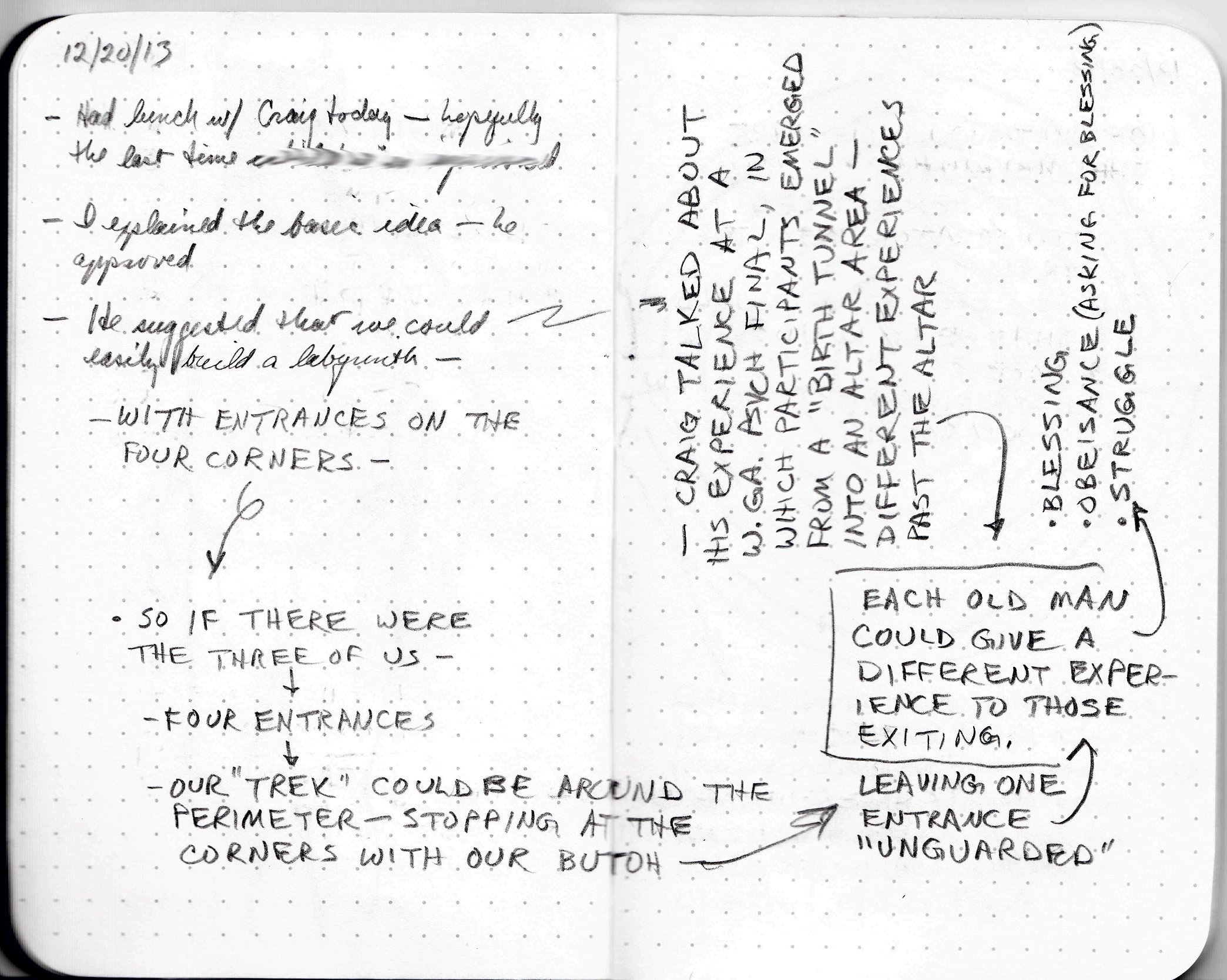The King of Hearts refuted: a new example
/One of the biggest stumbling blocks for us citizen artists is the King of Hearts Fallacy. For those just joining us, this refers to the silly trial scene at the end of Alice in Wonderland when the King of Hearts is instructing a nervous witness on how to give evidence: “Start at the beginning, go until you reach the end, then stop.”
There is a tendency in all of us to want to believe that this is how art is created: The painter/novelist/composer/mixologist picks up the canvas/paper/keyboard/gin and just starts, at the beginning, and just works like a little elf until they reach the end and then poof! a new painting/novel/symphony/cocktail. How easy is that?
If only that were the case.
No, my children, that is not how this works. That’s not how any of this works.
In the book I show Beethoven’s manuscript for his cello sonata:
image from Beethoven-Haus Bonn
Really, Ludwig? This is what you have to show for a day’s work? Why don’t you go get a real job?
Just this week, a new example appeared:
OMG, look at that glorious mess! It reminds me of Austin Kleon’s mapping of his mind.
You might think this is just evidence of a disordered mind — and this is Dostoevsky we’re talking about — but I think it’s evidence of an ABORTIVE ATTEMPT that’s really going well. It’s as if ideas are pouring out of his head and onto the page in ways that cannot be contained on a piece of nicely lined paper. At any rate it’s more evidence that real artists do not start at the beginning, go until they reach the end, and then stop.
There are a couple of further comments I’d like to make. First, I think that the messiness of this composition is permitted and encouraged by the tactile nature of pen and paper, and second, I think the unlined paper is part of that process. That’s why I come down in favor of real-life paper WASTE BOOKS, and preferably not with lines in them.
To wit:
from my WASTE BOOK when I was planning our Burning Man theme camp, 3 Old Men
The moral of the story is to stop waiting until you think you’re ready to start at the beginning, go until you reach the end, and then stop. That is not going to happen. Start at the beginning and watch it come grinding to a halt. Start at the end, because you’re pretty sure about that. Start in the middle and realize you didn’t need the beginning anyway.
Just start.





